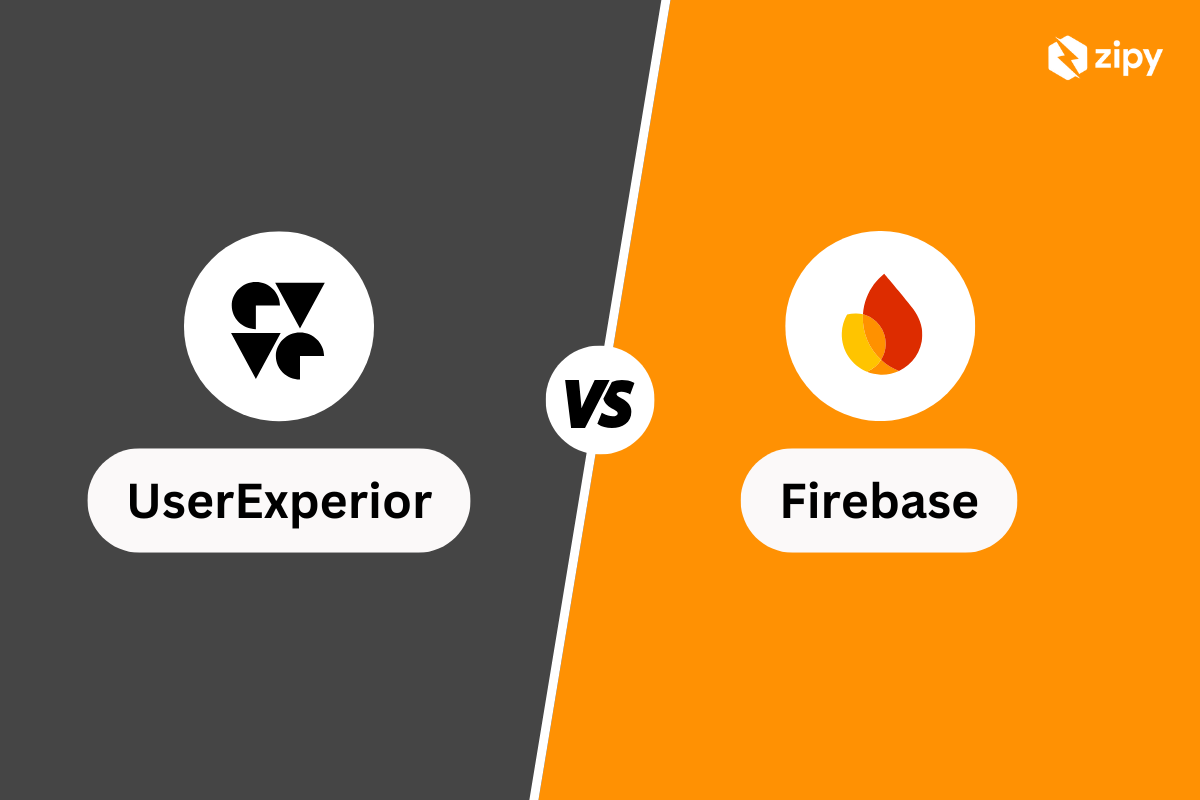Introduction
Navigating through the complexities of modern web development frameworks requires both a deep understanding of their internals and a knack for troubleshooting common issues. One such challenge that developers often encounter when working with Ember.js is the UnrecognizedURLError. This error can be a stumbling block for both beginners and experienced JavaScript developers alike, disrupting the smooth sailing of web application development. In this blog post, we'll dive deep into the roots of UnrecognizedURLError in Ember, dissecting its causes through practical scenarios, and offering robust solutions to tackle it effectively. Our aim is not just to fix the issue but to understand its genesis for a more resilient coding experience.
Catch errors proactively with Zipy. Sign up for free!
Try Zipy now
Understanding UnrecognizedURLError in Ember
The UnrecognizedURLError in Ember typically occurs when the application attempts to navigate to a URL that Ember's router does not recognize. This can happen for various reasons, such as misconfigured routes, typos in route names, or dynamically generated URLs that don't match any predefined patterns. Understanding the intricacies of this error is paramount for developers looking to build seamless, user-friendly applications.
Scenario 1
Error code
this.transitionTo('post', post.id);
Assuming post.id is undefined due to an asynchronous data loading issue.
Corrected code
// Ensure post.id is defined before transitioning
if (post.id) {
this.transitionTo('post', post.id);
}
Solution Summary
In this scenario, the error was caused by attempting to navigate to a route with an undefined dynamic segment. Ensuring the dynamic segment is defined before transitioning prevents the UnrecognizedURLError.
Scenario 2
Error code
Router.map(function() {
this.route('about');
});
Accessing /about-page instead of /about.
Corrected code
Router.map(function() {
this.route('about'); // Correctly access with /about
});
Solution Summary
The mistake here was a simple typo or misunderstanding of the route's correct path. Double-checking route definitions and their usage across the application can eliminate such errors.
Scenario 3
Error code
this.transitionTo('user', userId);
Where userId does not correspond to any existing user ID in the application.
Corrected code
// Validate userId exists in your data source before transitioning
if (doesUserExist(userId)) {
this.transitionTo('user', userId);
}
Solution Summary
This example highlights the importance of validating dynamic segments against your data source before attempting a route transition. It prevents transitions to nonexistent entities, thereby avoiding the UnrecognizedURLError.
Handling UnrecognizedURLError in Ember
Addressing UnrecognizedURLError in Ember involves careful inspection of route configurations, diligent checks before dynamic transitions, and a thorough understanding of how Ember's routing mechanism works. Regularly reviewing route definitions and ensuring that dynamic segments are correctly matched and validated can significantly reduce the occurrence of this error.
Proactive Error Debugging with Zipy
While manual debugging is invaluable, leveraging tools like Zipy can revolutionize how developers handle runtime errors in Ember. Zipy offers proactive error monitoring and user session replay capabilities, enabling developers to quickly pinpoint the cause of UnrecognizedURLError and other issues without sifting through mountains of logs. By observing how real users interact with the application, identifying misconfigurations or erroneous code becomes straightforward, streamlining the debugging process.
Debug and fix code errors with Zipy Error Monitoring.
Sign up for free
Conclusion
Encountering UnrecognizedURLError in Ember can be frustrating, but it also presents an opportunity to deepen our understanding of Ember's routing system. By meticulously analyzing error scenarios, validating dynamic segments, and using advanced tools like Zipy for error monitoring, developers can enhance their troubleshooting skills and build more robust Ember applications.
Resources on how to debug and fix Ember.js errors
- 12 common Ember errors to know: A definitive guide on handling EmberJS errors
- Ember JS Real time error and session monitoring | Zipy AI
- How to handle Ember Type Errors?
- How to handle Ember Syntax Errors?
- How to handle Ember Reference Errors?
- How to handle Ember Range Errors?
- How to handle Ember Eval Errors?
- How to handle Ember Internal Errors?
- How to handle Ember Assertion Failed Error?
- How to handle Ember Adapter Operation Error?
- How to handle Ember Container Not Found Error?
- How to handle Ember Controller Not Found Error?
- How to handle Ember Render Helper Missing Error?
Frequently Asked Questions
Why does UnrecognizedURLError occur in Ember?
UnrecognizedURLError typically occurs when Ember's router is asked to navigate to a URL that doesn't match any of the routes defined in the application.
How can I prevent UnrecognizedURLError in Ember?
Preventing UnrecognizedURLError involves ensuring that all routes are correctly defined and accessed, and that dynamic segments are validated before transitioning to a new route.
Can UnrecognizedURLError be caused by a backend issue?
While UnrecognizedURLError is primarily related to frontend routing, backend issues (like failing to fetch necessary data for dynamic segments) can indirectly lead to this error.
Is there a way to catch UnrecognizedURLError globally in Ember?
Yes, Ember applications can implement a global error handler in the application route to catch and handle UnrecognizedURLError gracefully.
What tools can help debug UnrecognizedURLError in Ember?
Tools like Zipy can significantly aid in debugging UnrecognizedURLError by
providing real-time error monitoring and session replay capabilities, offering insights into what led to the error.
Key Takeaways
- Ensure dynamic segments are defined and valid before transitioning to prevent UnrecognizedURLError.
- Regularly review and test route configurations to catch potential mismatches or typos.
- Implement validation checks against your data source to ensure the integrity of dynamic transitions.
- Utilize tools like Zipy for proactive error monitoring and debugging, enhancing your application's reliability and user experience.
.svg)





.png)





.webp)